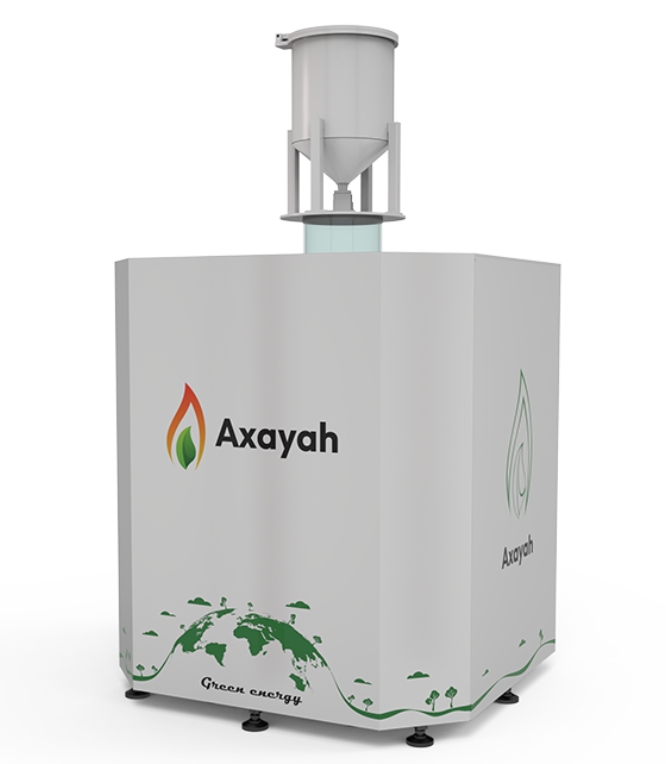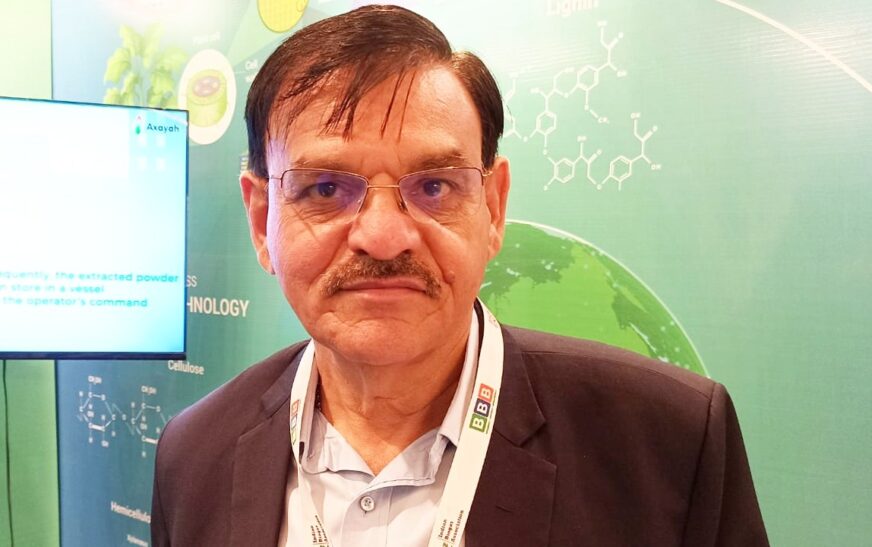Axayah Clean-Tech Private Limited is revolutionizing India’s renewable energy landscape with next-generation, decentralized energy solutions. The company transforms agricultural and industrial biowaste into high-density, flammable fuel—without combustion or digestion. Instead, it harnesses a proprietary photolysis-based process that operates efficiently at ambient temperatures. This breakthrough technology offers a clean, scalable, and sustainable alternative to conventional methods like anaerobic digestion and gasification.
With a bold vision and clear intent, Axayah is redefining how energy is generated—safely, affordably, and locally. Its cutting-edge innovations not only address air pollution head-on but also empower communities with energy self-reliance. The company’s diversified portfolio includes high-efficiency solar panels, advanced photovoltaic systems, and disruptive biogas technologies—each engineered for performance, resilience, and inclusivity.
Strategically aligned with India’s ambitious goal of achieving 500 GW of renewable energy capacity by 2030, Axayah delivers real-world solutions that serve both national priorities and global climate goals. As the world pivots toward cleaner energy and intelligent systems, Axayah is not just adapting—it is leading from the front.
At the International Summit & Expo on Bioenergy Value Chain, hosted by the Indian Biogas Association, Dr. Arvind Patel, Managing Director of Axayah, shared exclusive insights with The Interview World. He delved into how the company is leveraging quantum technology to drive innovation and operational efficiency in the biowaste sector. Dr. Patel explained Axayah’s process for converting biowaste into a diverse range of high-value products, outlined the immense market potential for quantum-driven solutions, and illustrated how this transformative approach is solving critical waste-to-energy challenges—both in India and globally.
Here are the key takeaways from this compelling and forward-looking conversation.
Q: What quantum technology solutions is Axayah currently offering to enhance innovation and efficiency in the biowaste sector?
A: At its core, this is a quantum technology powered by photolysis. It works by directing specific photon spectrums of light onto raw biowaste—organic biomass such as agricultural residue. Unlike traditional methods, this process doesn’t rely on heat or combustion. Instead, it precisely targets and breaks down the three primary components of biomass: cellulose, hemicellulose, and lignin.
Using advanced laser technology, we identify and apply the optimal light spectrum needed to decompose each component. Once exposed to this carefully selected spectrum, the biomass undergoes rapid photolytic decomposition, releasing gas instantly. Importantly, this is a cold gas—generated without any heating, combustion, or chemical digestion—making the entire process clean, efficient, and energy-conserving.
Q: How does this technology enable the conversion of biowaste into a range of valuable products?
A: Traditional biogas production relies on fermentation. While effective, this process typically generates multiple byproducts. In contrast, our method focuses on a singular, elemental transformation of biowaste. Drawing inspiration from the concept of Panchamahabhut—the five fundamental elements of nature—we separate the biowaste into its elemental forms, primarily as gas.
If any residual material remains, we simply feed it back into the system. This ensures minimal waste and maximum efficiency. Depending on the level of processing, the output may also include charcoal. In cases where the biowaste undergoes partial photolytic decomposition using our proprietary technology, the result is directly converted into charcoal—no other byproducts are created.
This charcoal has multiple applications. It can serve as a potent organic fertilizer or be repurposed for other industrial uses, reinforcing the circularity and sustainability of the process.
Q: What market opportunities do you foresee for this technology in transforming the biowaste sector in India?
A: India holds immense potential for biowaste-to-energy conversion. As an agriculture-driven nation, it produces vast quantities of biomass and organic waste. With nearly 80% of the economy linked directly or indirectly to agriculture, India stands as a natural hub for bioenergy innovation.
Yet, we often overlook the hidden power of agricultural residue. Traditionally, we view crops as sources of food, clothing, or oil-based products. But what we fail to recognize is the energy embedded in the waste—nature’s own byproduct. This waste, too, carries intrinsic value. It holds energy that can be harnessed sustainably.
In our Vedic tradition, extracting energy from the Earth comes with spiritual responsibility. We’re guided to use natural resources with respect and restraint. That’s why we perform yajnas—sacrificial rituals using wood—to release energy through the natural transformation of carbon into carbon dioxide, not methane. This process aligns with our ecological and philosophical values.
Unlike methane, which is generated in controlled environments and stored for use, carbon dioxide released through yajnas becomes part of the biological cycle—nourishing life, not disrupting it. This balance reflects the harmony between energy use and nature’s rhythm.
Given this cultural foundation and abundant raw material, India is primed for scalable biowaste solutions. From small household units to large-scale industrial setups processing 10 to 100 tons per day, the model is not just feasible—it’s flexible and viable at every level.
Q: Is your technology being exported internationally, or is it currently deployed only within India?
A: We are poised to export our technology, backed by patents in the US, Europe, and India. However, the real focus is the immense potential within India. The country generates vast amounts of biowaste, yet we continue to struggle with energy shortages. Despite this, we remain heavily dependent on energy imports.
Why should we rely on external sources when we have the capacity to be self-sustaining? There’s no reason why we cannot produce energy right here, in India. Just as countries like the US, Russia, and several Arabian nations harness their natural resources for oil and gas, India can lead the way in bioenergy.
By producing bioenergy domestically, we not only solve our own energy challenges but also take a step toward a more sustainable and independent future. There’s no need to look abroad when we have the resources and technology to fuel our own growth.








